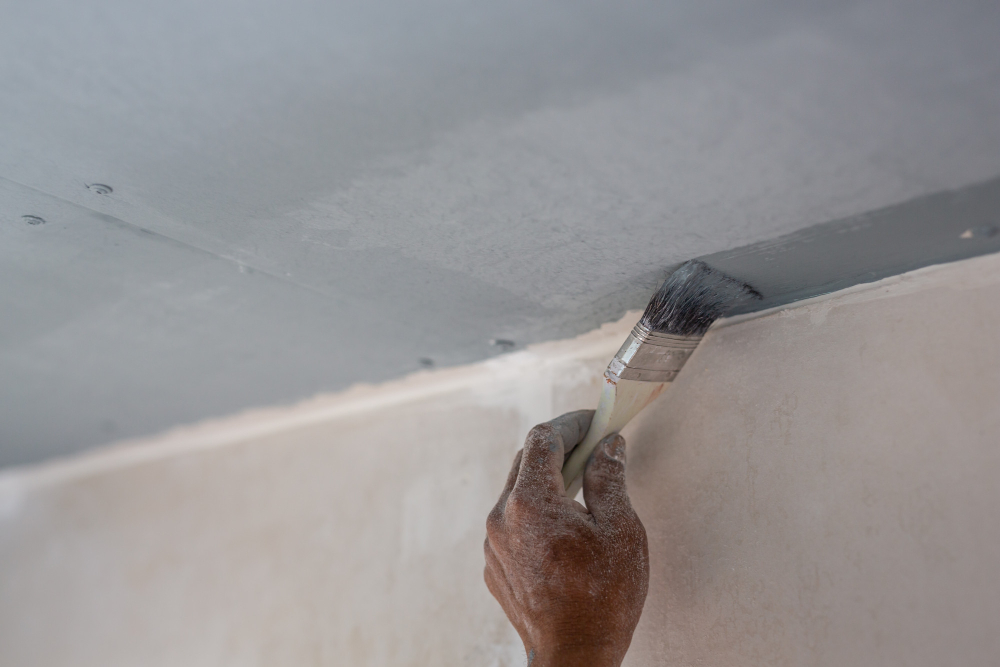When tackling a drywall project, many homeowners and DIY enthusiasts ask the question: Is it necessary to prime drywall before painting? The short answer is no, it’s not absolutely necessary, but skipping this step can lead to a less-than-perfect finish. Priming drywall offers a host of benefits, from ensuring even paint application to extending the longevity of the paint itself. In this guide, we’ll explore the importance of priming drywall, discuss its benefits, and answer common questions related to this critical step in drywall finishing.
So, if you’re wondering whether priming is essential for your project, stick around. By the end of this article, you’ll know why priming drywall is often the key to a flawless paint job and how it can save you both time and money in the long run.
Benefits of Priming Drywall Before Painting
Is it necessary to prime drywall before painting? While some might argue that it’s not a mandatory step, the benefits of applying primer to your drywall are undeniable. Let’s delve into why priming drywall is so important for achieving that polished, professional finish you’re aiming for.
Covers Surface Imperfections
One of the biggest advantages of applying primer is its ability to smooth out minor imperfections on the drywall surface. Freshly installed drywall often has slight texture variations, nail holes, or seams that need to be covered. Primer acts as a base layer that fills these imperfections, creating a smooth and even surface for the paint to adhere to.
Without primer, these blemishes can become more noticeable, even after multiple coats of paint. By priming the drywall, you ensure a more polished final look.
Improves Paint Adhesion
A common problem when painting directly onto drywall is poor adhesion. Drywall tends to be porous, which means it absorbs paint unevenly. Applying a primer beforehand seals the porous surface and allows the paint to adhere better. This results in a more uniform finish that doesn’t streak or fade over time.
Primer also helps ensure that the paint doesn’t peel, bubble, or crack prematurely—issues that can occur if the paint isn’t properly bonded to the drywall.
Increases Paint Durability
Good-quality paint can be expensive, and you want to make sure that your investment lasts as long as possible. By applying primer before painting, you’re creating a strong foundation that enhances the durability of the paint. Since primer helps the paint adhere better, it prevents early peeling, cracking, or fading caused by changes in temperature or humidity.
Especially in rooms with fluctuating environmental conditions—like kitchens or bathrooms—priming is key to ensuring the paint lasts longer and looks better for years to come.
Saves You Money in the Long Run
Another great reason to prime drywall before painting is the potential cost savings. High-quality primer is typically less expensive than high-quality paint. Without primer, the porous nature of drywall means you’ll end up using more paint to achieve the desired coverage. Priming reduces the number of paint coats needed, saving you both paint and money.
For example, if you skip priming, you might need 3-4 coats of paint to get an even finish, while with primer, you may only need 1-2 coats of paint. Over a large surface area, the savings in paint can really add up.
Is It Necessary to Prime Drywall Before Painting?
Now that we’ve covered the benefits, let’s revisit the core question: Is it necessary to prime drywall before painting?
Strictly speaking, no, it’s not necessary. You can apply paint directly to the drywall, but doing so may lead to uneven finishes, increased paint consumption, and a shorter lifespan for the paint. Priming offers a host of advantages that ultimately save you time, money, and effort.
Here’s why it’s a good idea to prime drywall before painting:
Prepares the surface for painting
Primer helps to smooth out the surface, covering up any blemishes or imperfections that might be present on the drywall.
Ensures a more even paint application
Without primer, paint can soak into certain areas of the drywall more than others, leading to uneven patches and discoloration.
Protects the paint job
Primer acts as a barrier between the paint and the drywall, making the paint job last longer and resist damage caused by environmental factors like moisture and temperature changes.
Saves on paint
By applying primer first, you reduce the amount of paint needed for full coverage, which can lower the overall cost of the project.
So, while you can skip primer, doing so could result in a less durable and professional-looking paint job.
What Happens If You Don’t Prime Drywall Before Painting?
Let’s consider what happens if you decide not to prime drywall before painting. Skipping primer can result in several problems that could impact the quality and longevity of your paint job.
Uneven Paint Absorption
A drywall is highly porous, meaning it will absorb paint unevenly, leading to inconsistent coverage. Some areas may look darker or lighter than others, even after applying multiple coats.
Increased Paint Usage
Without primer, drywall absorbs more paint, which means you’ll have to apply extra coats to achieve uniform coverage. This leads to higher paint costs and more labor.
Peeling and Flaking
Paint that’s applied directly to drywall without primer may not adhere as well, which can cause it to peel or flake over time. This is especially problematic in areas with high humidity or fluctuating temperatures.
Visible Imperfections
If you paint directly over drywall, you won’t have the benefit of primer to smooth out surface imperfections like seams, holes, or small cracks. These flaws will be much more noticeable once the paint dries.
Alternatives to Primer for Drywall
If you’re hesitant to use a traditional primer, you might be wondering: Is there anything else I can use instead of primer? While primer is the most effective solution, some alternatives may work in certain situations.
One common alternative is flat latex paint. Flat latex paint has a similar texture to primer and can serve as an undercoat if you’re in a pinch. However, it’s important to note that flat latex paint doesn’t offer the same sealing and adhesive properties that a true drywall primer does.
While it can be used as a substitute, it’s highly recommended to use a high-quality drywall primer, especially if you want the best possible finish and longevity for your paint job.
How to Apply Primer to Drywall
Now that we’ve established the importance of primer, let’s walk through the process of applying it to your drywall.
Prepare the Surface
Before applying primer, make sure the drywall is clean and free of dust, dirt, and debris. Use a vacuum or damp cloth to wipe down the surface. If there are any large holes or gaps, patch them with joint compound and sand them smooth.
Choose the Right Primer
There are different types of primer available, so make sure to choose one that’s designed for use on drywall. A basic white drywall primer is suitable for most interior walls. For bathrooms or kitchens where moisture is a concern, opt for a moisture-resistant or mold-killing primer.
Apply the Primer
Using a paint roller, apply a thin, even coat of primer to the drywall. Be sure to work in small sections and use a brush to get into corners or tight spaces. Allow the primer to dry completely—this usually takes about 2-3 hours depending on the brand and environmental conditions.
Sand and Recoat (If Necessary)
After the first coat of primer has dried, inspect the surface. If you notice any areas that need further smoothing, lightly sand the primer with fine-grit sandpaper. If necessary, apply a second coat of primer.
Conclusion: The Importance of Priming Drywall Before Painting
So, is it necessary to prime drywall before painting? Technically, no. But if you want a long-lasting, professional-looking paint job that’s free of imperfections, priming is essential. Primer helps smooth the surface, improves paint adhesion, and extends the life of the paint. It also saves you money by reducing the amount of paint needed for coverage.
By taking the extra time to prime your drywall before painting, you’ll end up with a flawless finish that’s more durable and visually appealing. Ultimately, priming may seem like an extra step, but it pays off in both the short and long term.
So next time you ask yourself, “Is it necessary to prime drywall before painting?” remember that while it’s not a strict requirement, skipping primer is rarely a wise choice if you’re aiming for a professional result.
Incorporating this practice will enhance the longevity and appearance of your drywall paint job, making your efforts worthwhile.

